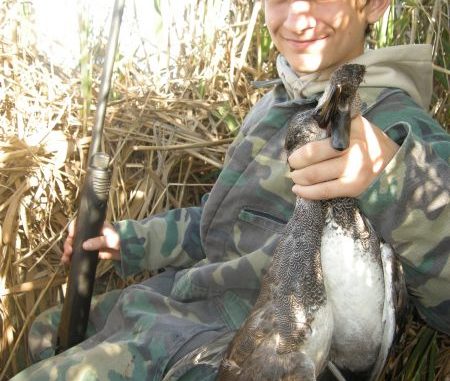
Mallards and pintails will be migrating with cold fronts.
Now that the jet stream has finally dipped down far enough to give Louisiana a taste of the arctic chill, the ducks should be migrating in full force. This weekend (Dec. 15-16) is opening weekend for the coastal and eastern waterfowl zones, and any outdoorsman with a shotgun should be in a duck blind to get in on the action.
According to a report from Anthony Kyzer with Cajun Fishing and Hunting Charters, the marshes in the Dularge and Cocodrie areas are packed with grey ducks, widgeon and even some redheads.
Venice, though, is not seeing as many birds flying, according to Capt. Lloyd Landry with Outcast Fishing Charters. But areas farther west and north seem to be holding a lot of birds.
“We thought we would see more birds with this cold weather, but I think its because of the lack of feed,” Landry said. “(Hurricane Isaac) killed a lot of the grass in Venice. Our saving grace, though, is that we’ve been catching hundreds of speckled trout.”
As it continues to get colder in the North and the ponds in states like Missouri begin to freeze, hunters should begin to see more ducks in areas like Venice.
According to Kevin Babineaux with Cajun Wildlife Adventures, it takes ducks a little more than 24 hours to reach Louisiana from the Dakotas. This is just enough time to get into the blind Saturday to kill a good variety of birds.
Babineaux hunted duck and geese in the rice fields northwest of Lafayette and killed a variety of birds all throughout the first split, most of which were pintail, mallards and teal.
He only expects the hunting to get better.
“There is another cold front supposed to be rolling through on Sunday (Dec. 16) that should be bringing even more ducks down,” Babineaux said. “We like to hunt when it’s overcast with a hard wind. That’s what gets those ducks flying.”
In the rice fields of Southwest Louisiana; it is common to blast a few speckledbellied geese during a duck hunt.
“We have hard land over here so we just build our pit blinds with the pond on one side, for ducks and land on the other for geese.” Babineaux said.
Babineaux is picky about his decoy placement and how his spread is presented, and for good reason.
“In my duck decoy spread I always have over 100 decoys,” he explained. “I keep the pintail decoys the farthest out because pintails usually like deeper water. Then I’ll put the teal closest to the blind and fill in the middle with mallards. On the land, I’ll spread out the specklebelly decoys in little family groups of two to five.”
Read other reports — and add your own — in the Waterfowl Forum Not a member of the site yet? It’s free, so click here to get started today!


